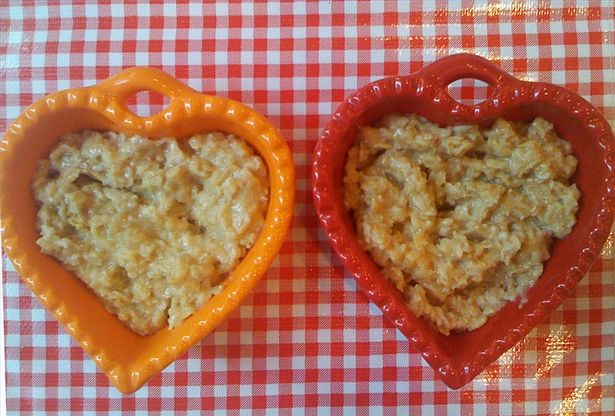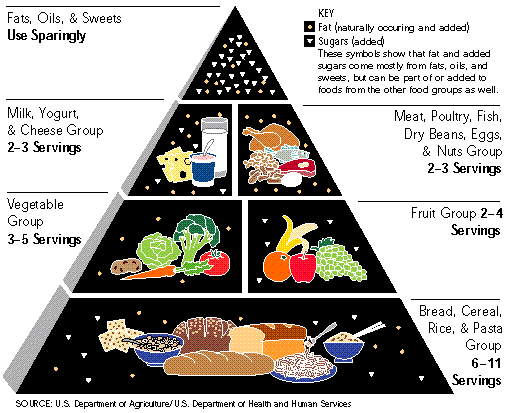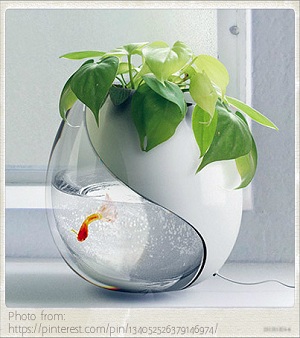Plants can add interest and beauty to your fish pond but did you know that they also are vital for maintaining healthy water quality which will help keep your pond clear and your fish healthy?
There are five different types of plants that you want to think about planting in and around your pond - floating plants, oxygenating plants, marginal plants, bog plants and deep water plants. These plants not only give your pond and authentic look but can also help keep the water oxygenated, cut down on algae growth, give your fish a place to hide as well as a place to spawn and can also provide food.
When adding plants to your fish pond you want to think about how large they will get and how fast they will grow. You don't want to add plants that will totally overwhelm your pond or that will make a full-time job of cutting back their growth. You also want to be sure that the plant can survive winters in your area. Plants don't have to be planted directly in the soil of your pond, you can set them in mesh pots or fabric pond pots which will allow the air to pass through but will also prohibit the soil from getting into your pond and turning it muddy.
To make your pond look its best and be it's healthiest you need to select plants for each pond layer. These different plants perform different functions as described below.
Deep water plants like Lotus, Water Lilies and Water Hawthorne grow in the deep waters of the pond. These plants will help remove the waste from the pond and act as sort of a natural filtration. They need oxygen and sunlight to grow their best. You might consider using an aquatic fertilizer that is safe for ponds. The Lotus and Water Lilies prefer water that is 2 feet deep but the Hawthorne can grow in as little as three to 24 Inches.
Oxygenating plants provide important oxygen to the pond as well as help to control the growth of algae by eating the same nutrients and carbon dioxide that algae needs to grow. Oxygenating plants also can provide food for your fish and act as shelters and spawning areas. Some good oxygenating plants include Hornwort, Water Violet, Water Buttercup and Water Milfoil.
Floating plants look great in the pond and they also provide shade and shelter for the fish and other creatures that live there. Be warned, however, that many of the floating plants will grow quickly and soon take over your pond. This can not only be an eyesore but can also be bad for the pond itself as it prevents photosynthesis which will decrease the waters oxygen level. Floating plants like Duckweed grow very quickly so you probably want to avoid that and stick to plants like Water Lettuce, Bladder Wart, Water Soldier, Water Hyacinths and Water Chestnut
Marginal plants like Sweet Flag, Golden Buttons, Marsh Marigolds, Japanese Arrowhead, and Lobelia grow in the shallows around the edge of your pond and depths of 2 inches to 1 foot. Cattails are also a marginal plant but they can be very invasive so you probably want to avoid those unless you plan to spend a lot of time weeding your pond.
Bog plants like Astilbe, Primula and Lysimachia grow at the very edge of the pond in the wet soil. they are important as they help siphon off surplus nutrients which allows control of algae growth thus keeping your pond clear.

 The Simplest Way To Lessen Your High Cholesterol By Natural Means
High-cholesterol is a major variable inside the countrywide
The Simplest Way To Lessen Your High Cholesterol By Natural Means
High-cholesterol is a major variable inside the countrywide
 Introduction To Of Some Lower Cholesterol Foodstuffs
Cholesterol is a fat-like element contained in the physique
Introduction To Of Some Lower Cholesterol Foodstuffs
Cholesterol is a fat-like element contained in the physique
 Starting Up An Aquaponics Set Up From See The Easy Way
Planting seeds in your aquaponics system can be a lot simpl
Starting Up An Aquaponics Set Up From See The Easy Way
Planting seeds in your aquaponics system can be a lot simpl